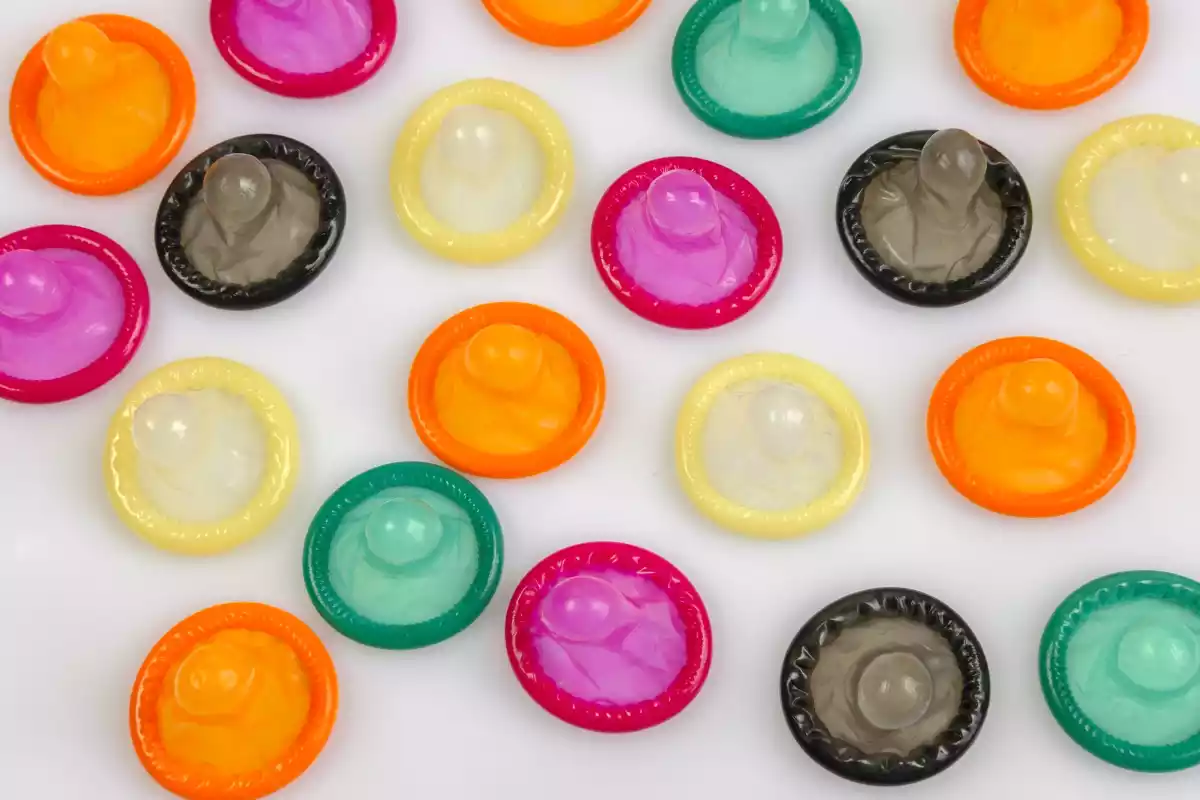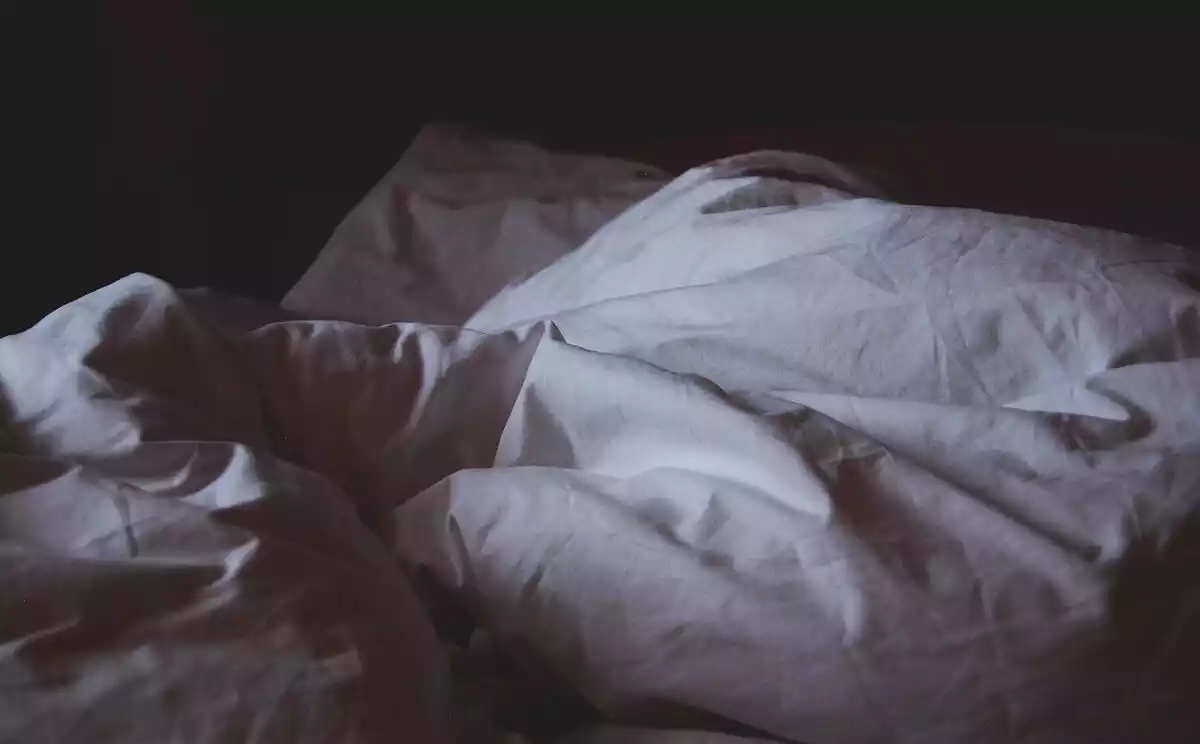When we think about sexually transmitted diseases or infections (STD/STI) we tend to imagine viruses and bacterias that infect us via fluid exchange, which we can easily fend off by using condoms or other prevention methods. There are, however, other infections that are sexually transmitted, although fluids need not leave your body.
This is the case with pubic lice or crabs as we commonly refer to them, which is an infection caused by small parasites that attach to the skin and hair near your genitals and feed on blood. We will have a closer look at what pubic lice are, what causes them, what the symptoms are and ultimately, how to get treatment.
What are pubic lice?
Pubic lice, or crabs, are tiny parasitic insects that feed exclusively on blood and that generally dwell on an infected person's genital area, in the pubic hair. Unlike other parasites, such as head lice and fleas, pubic lice cannot jump, and they typically prefer pubic hair or areas of the body with coarse hair, such as eyelashes, eyebrows, beards, and mustaches.
Therefore, a person can have crabs on other parts of their bodies aside from their genitals. As mentioned previously, pubic lice feed on blood which means they will bite and cause intense itching. Various treatments include creams and lotions that act against the crabs and the eggs (nits) they lay.
How do you get pubic lice?
Crabs are usually spread through sex; however, someone can get infected through other kinds of close, personal contact like hugs, or kisses, if one of the people is affected. Sometimes pubic lice are spread by using an infected person’s clothes, towels, or bed. Anyone is susceptible to getting crabs, even small children, by sharing towels or clothes. In the case of children especially, the most affected area tends to be the eyelashes which many times gives way to other infections.

Nevertheless, crabs are more common in teenagers and sexually active adults, which is why it is classified as an STI (and a very contagious one, at that). Adult lice will lay eggs, also called nits, on the scalp and after seven days they will mature and start feeding on the infected person's blood. Crabs can survive without feeding for one or two days; however, they tend to unlatch from the pubic hairs only after they are dead. As specified earlier, crabs cannot jump so there needs to be close contact with an infected person for the crabs to crawl from one to the other.
These are some of the most common ways of getting pubic lice:
Sexual activity that involves contact with the pubic hair
Using an infected person’s clothes, towels, or bed
Less commonly, close contact such as hugs
Estimate reports show that currently 2% of the world population is affected by pubic lice, although the figures are not definite seeing how in many countries, having crabs is regarded as a shameful condition, and many people don't see a doctor for treatment. Finally, studies have shown that a factor in reducing the number of infections in the last decades has been the trend of people removing their pubic hair.
What are the symptoms of pubic lice?
The presence of crabs can go undetected for 5 days up to a few weeks after initial contact was made. Intense itching and redness will be the two main symptoms indicating the crab infestation. The itching sensation is not caused by the bite itself but because of the parasite's saliva creating an allergic reaction on the skin.
Similarly to other insect bites, the itchy sensation increases during the night. The first reaction to the crabs' bite will be redness and small lesions, even bumps, that could become inflamed when scratched. Other symptoms of being infested with crabs are small blue spots that can appear on the upper thighs, pubic region, or lower abdomen.
Pubic lice treatment
Despite being classified as STIs, the use of condoms does very little to protect against crabs. The reason being that crabs spread by close contact with the pubic hair, and not via bodily fluids. This is why it's vital to recognize the symptoms of having crabs so that anyone infested can seek medical help as soon as possible. Although the symptoms can be extremely bothersome, having pubic lice does not cause further complications, and they can be easily treated with over the counter creams, lotions, and shampoos.
Most treatments are applied once and repeated seven days if the crabs persist, or they haven't been entirely removed. Nevertheless, each treatment has specific indications which anyone wanting to get rid of crabs should follow down to the letter. The most common types of medication for pubic lice are Ivermectin and Malathion, both in lotion form.
The best course of action for someone infected with crabs is to avoid physical contact with other persons until fully healed. Also, due to the contagious nature of this STI, it is recommended to contact all other persons who you came in contact with and might potentially have infested. Should the parasites show resistance to any of the treatments available in pharmacies, visit your doctor for a complete check-up and an alternative treatment plan.
Check out the original article: Ladillas: qué son, síntomas, formas de contagio y tratamientoat viviendolasalud.com
References:
Nuttall, G. H. F. (1918). The biology of Phthirus pubis. Parasitology, 10:383–405.
Anderson, A. L. & Chaney, E. (2009). Pubic lice (Pthirus pubis): history, biology, and treatment vs. knowledge and beliefs of US college students. International Journal of Environmental Research and Public Health, 6(2): 592–600.
